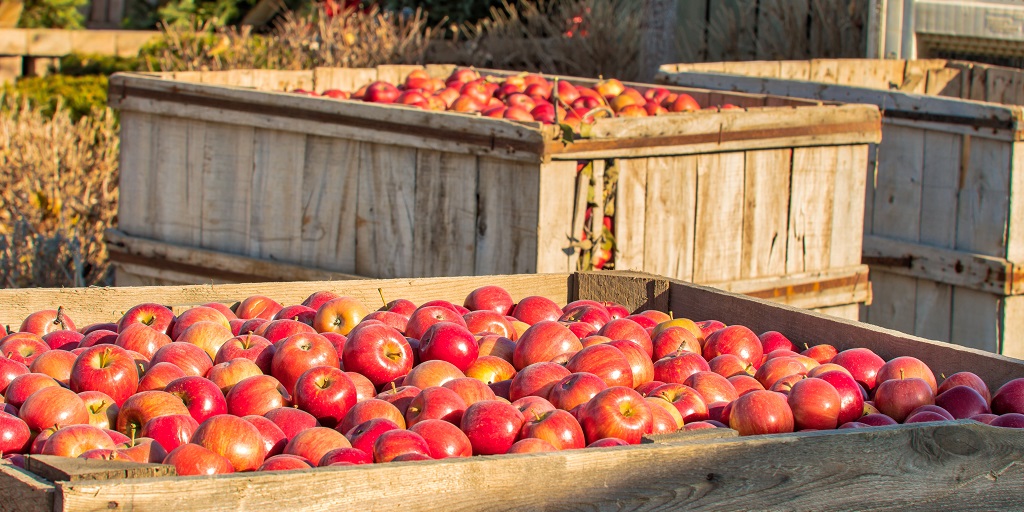
Australia-grown on the up as Cider Day launches

As the inaugural Australian Cider Day approaches, the latest data has shown that cider made with Australia-grown apples is a growing market.
Australia-grown cider market has increased its share to 10.2 per cent from 8.3 per cent in 2018 – a big change in a contracting market, according to a report from leading big data and consumer insights specialist IRI Worldwide.
The Australia-grown section of the market is now worth an estimated $43 million, and grew 13 percentage points ahead of the rest of the cider category.
President of the Cider Australia organisation Sam Reid said that Australia Cider Day was a celebration of the work of the producers and growers.
“We’ve had World Cider Day for the last few years which works well if you’re in the Northern Hemisphere, but given the timing in June, not necessarily ideal for Australia,” Reid said.
“We’ve always wanted to do an Australian Cider Day, but we thought, what does it actually mean?
“Now we’ve got the 100 per cent Australian-grown trust mark, we’ve got a day where we can celebrate that mark and unite producers using Australian fruit all over the country and have something really great to focus on.
“Not only that, it will hopefully highlight the trust mark to drinkers and consumers around the country and enable them to start to look for and search out ciders made from Australian grown fruit.”
He said it was more important than ever with major international players like Asahi (which is moving further into the Australian cider market), who do not necessarily use Australian-grown fruit, instead preferring fruit concentrate from Asia.
“Provenance is an increasingly important thing in drinks in general,and there has been no provenance in the cider market because there has been no labelling to help drive that.
“Wine is already clearly documented where the fruit comes from, everyone knows who their local brewer is. Where the fruit is sourced from, that’s the most important thing for us. Generally we think that provides a more quality and discerning drinking alternative.
“Not to mention with bushfires and drought, supporting Australian farmers is high on everyone’s agenda and something I’m passionate about, and something Cider Australia is continuing to do.”
Reid explained that the source of the fruit is a key indicator of quality.
“We want people to ask, where does the fruit in their cider come from? If only 10 per cent of the market is using Australian fruit, what is the other 90 per cent of the market using?”
But this consumer focus on provenance and quality has been a benefit to the Australia-grown apple cider industry.
“[Australia-grown cider] is seeing some decent growth and the important thing is we’ve got some growth in the cider category, because obviously the cider category has been declining for the last three years.
“It’s the first time we’ve seen cider category data at this level of detail and the results are encouraging for producers who are committed to using apples and pears from Australian orchards.
“We suspected it was happening, this move toward craft and now we have solid data backing up what we’ve been thinking.
“That’s great news for us and a massive win for the cider industry.”
Celebrate the first ever Australian Cider Day on Saturday 14th March. Find out more on the Facebook page.



